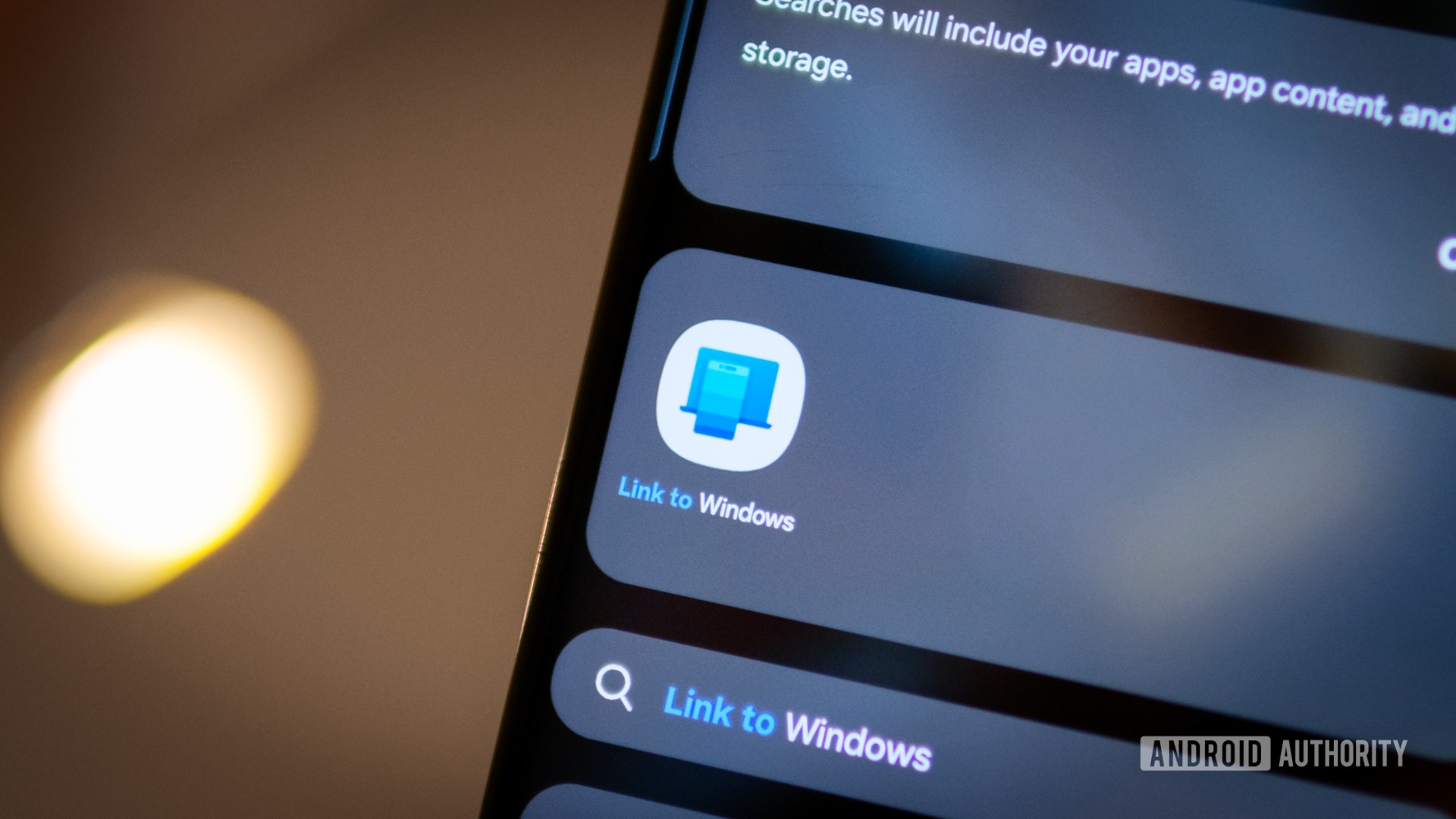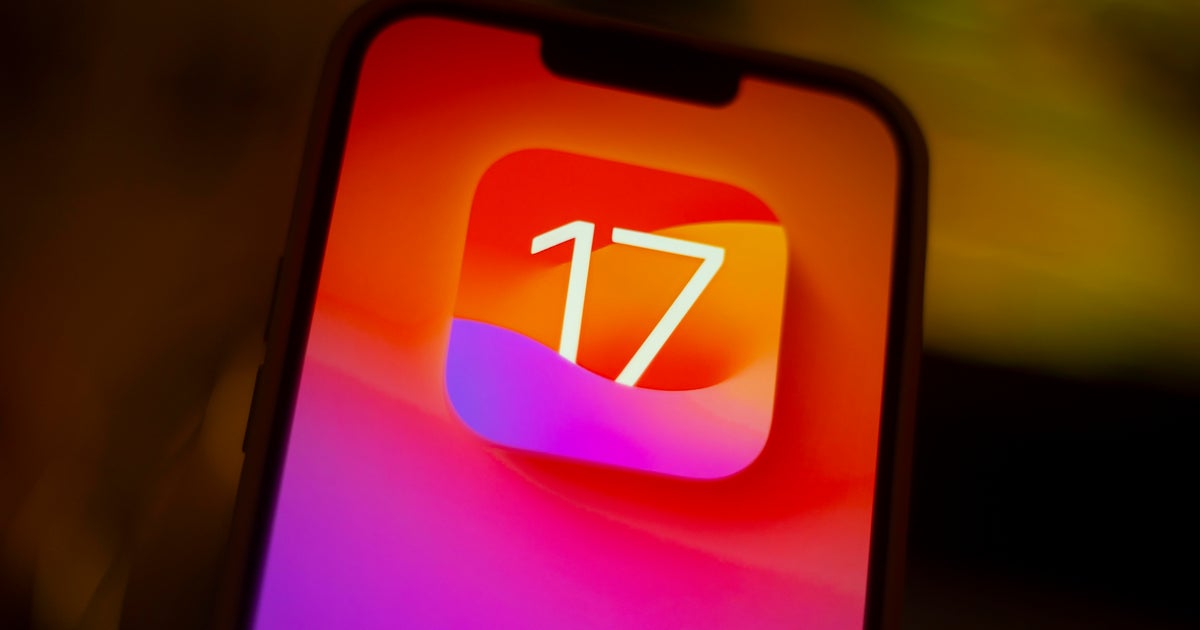How long did it take you to get from idea to launch?
BDY: From the initial concept of the Breathonics app to launch, it took about two years. The products we built hadn’t been done before—there were no templates or exact playbooks. Breathonics takes biometric information to feed into our algorithm. If you didn’t get enough sleep and your resting heart rate is high, our app will suggest an exercise that will help you find a balance based on a clear outcome. This required a lot of research and testing.
We collaborated with some of the world’s top psycho-musicologists and audio therapists. We also worked with Pro-Biometrics, a company that helped us use proprietary cardiac vagal tone technology to test our product and content. We then spent a long time in Web3 communities, looking through project launches and collections. This helped us form our strategy for the launch of BRX as a digital collectable. We sold 4,200 subscriptions on the blockchain in just 6 hours, opening up Breathwork to an entirely new audience.
Did the product go through many iterations before arriving at the final concept, or is the final product fairly similar to the original idea?
BDY: On a macro level, the product still aligns with the mission to help people improve the way they think and feel using technology. The big change was the shift away from hardware to focus exclusively on software, then the integration of blockchain technology. But, as with any product, we are always iterating. Technology moves faster than ever, and the expectations in Web3 are nothing like you would normally experience. But we’re happy with the feedback we’ve received. We have always set out to create impact, and regularly hear from people with stress and anxiety conditions, insomnia, and in some cases, people who are feeling depressed, telling us our products have changed their lives.
What did your market research tell you and how did that inform the final product?
BDY: We saw a rise in products such as Calm and Headspace, and knew there was a demand for digital well-being products. We also saw that the average users of these products came from a female demographic. We started speaking to users and found a gap in the market for a product that targeted performance and boasted an edgier brand position. This led us to distribute our products to athletes across the NHL, UFC, NBA and more.
We were lucky enough to meet many athletes over the years. Our products have helped them prepare for games, but also manage anxiety, rest and recovery. We designed the app using data insights and input from a number of athletes, helping us to shape the design of the protocols: short exercises, clear sets and reps. We also positioned it at the intersection of music, science and technology. The great thing about music is the universal nature of it. It transcends language and nearly everyone has a genre they like. We were able to research the favourite styles of music of our target demographic and incorporate them into our content.
What’s the biggest obstacle you faced in getting this product to market, and how did you overcome it?
BDY: The biggest obstacle we have faced is convincing people to open up about mental health and fitness enough to try Breathwork. This has changed over the years as it grows in popularity, but there is still a negative connotation tied to the “mental health” label.
On a micro level, user acquisition can be difficult, simply due to the modern-day attention span. Social media has primed us to chase the next shiny thing. This makes it hard to build users without exponential cost per acquisition costs. Finally, the volatility around markets is the biggest obstacle. Bad markets kill the best products. We had a record quarter only to see the cost of materials and shipping double in the space of two months, so staying ahead of the curve is always a challenge. You can easily get too far ahead and miss the wave.










